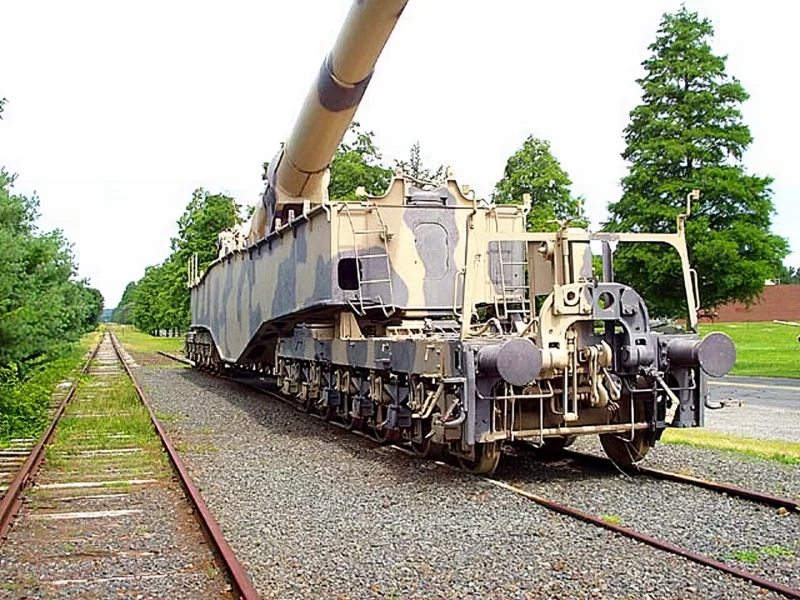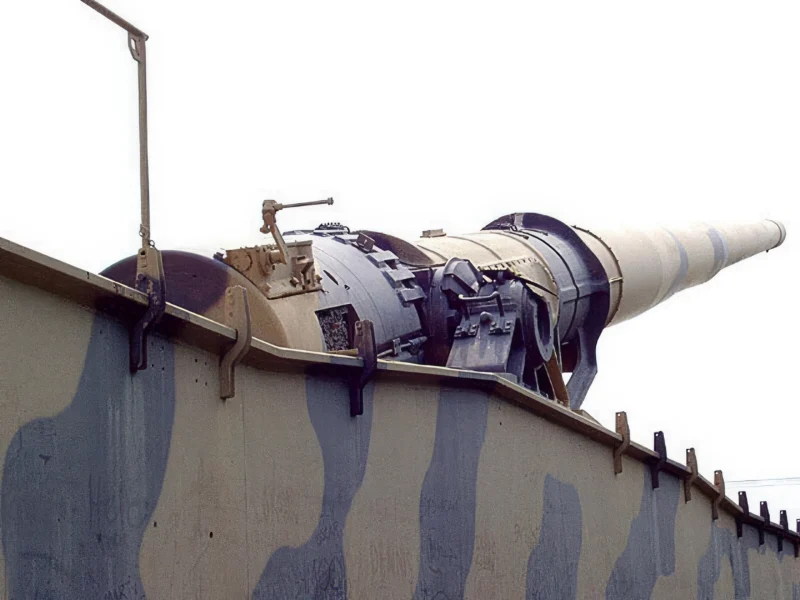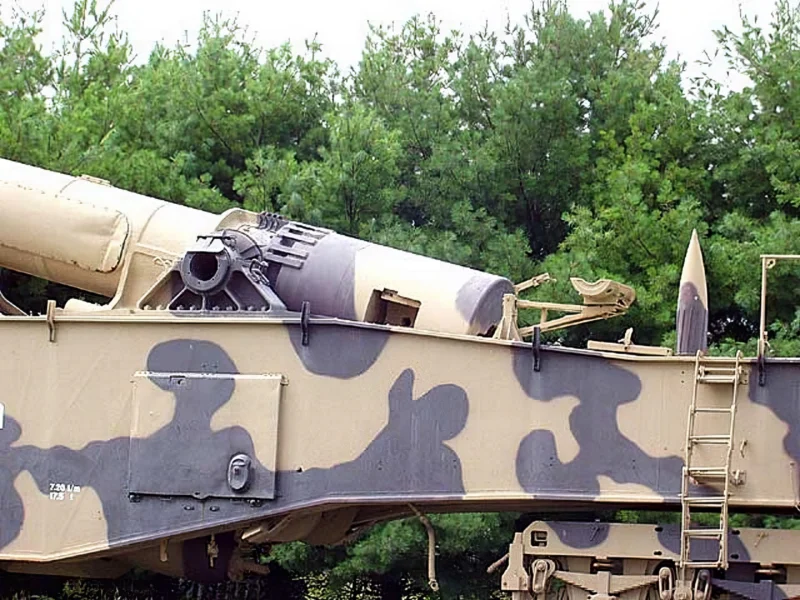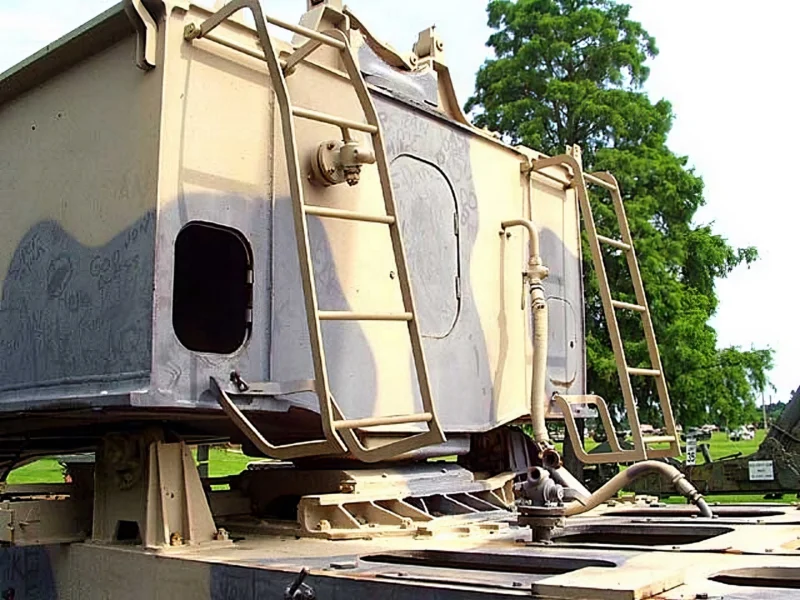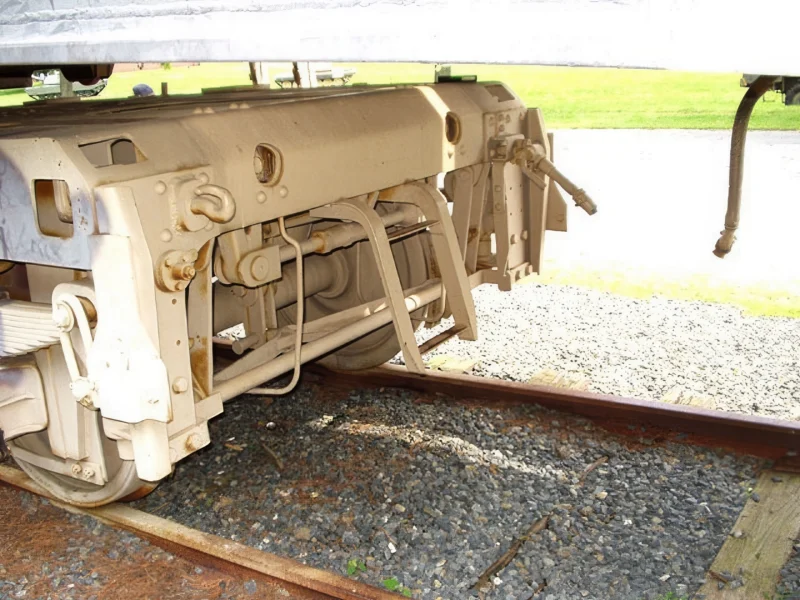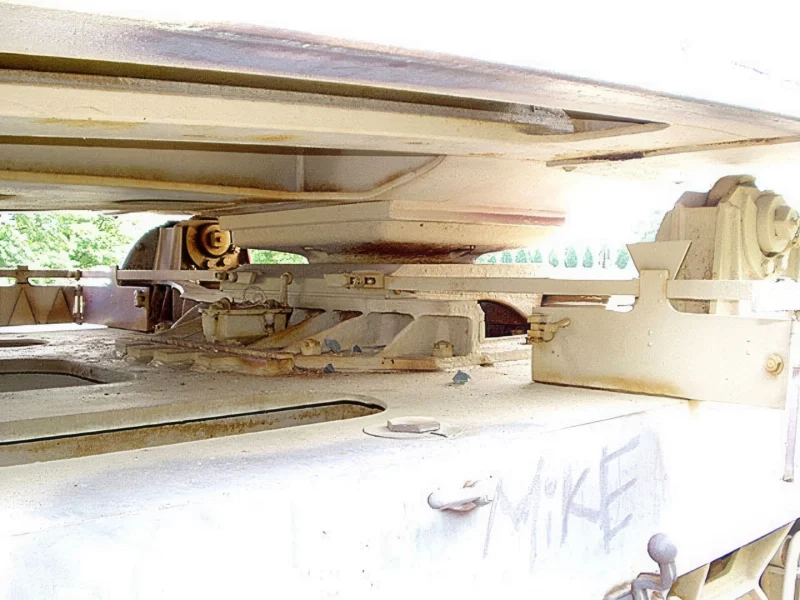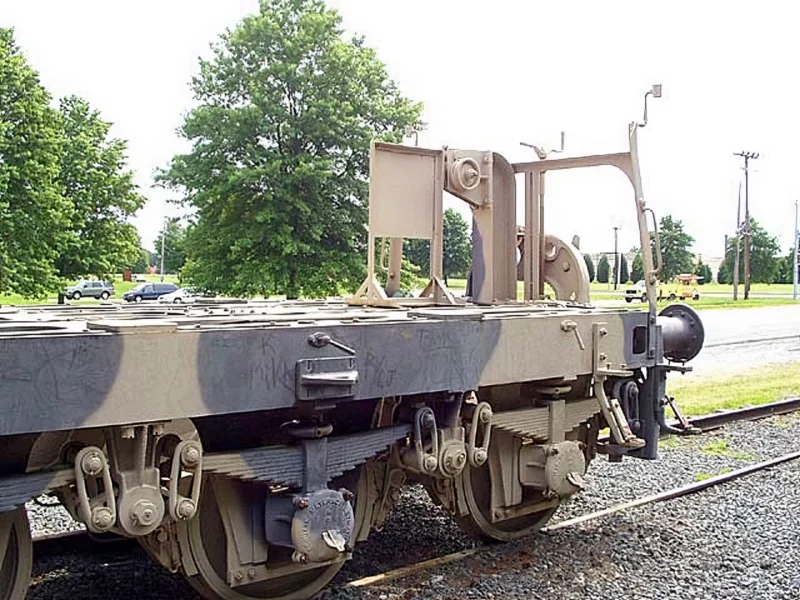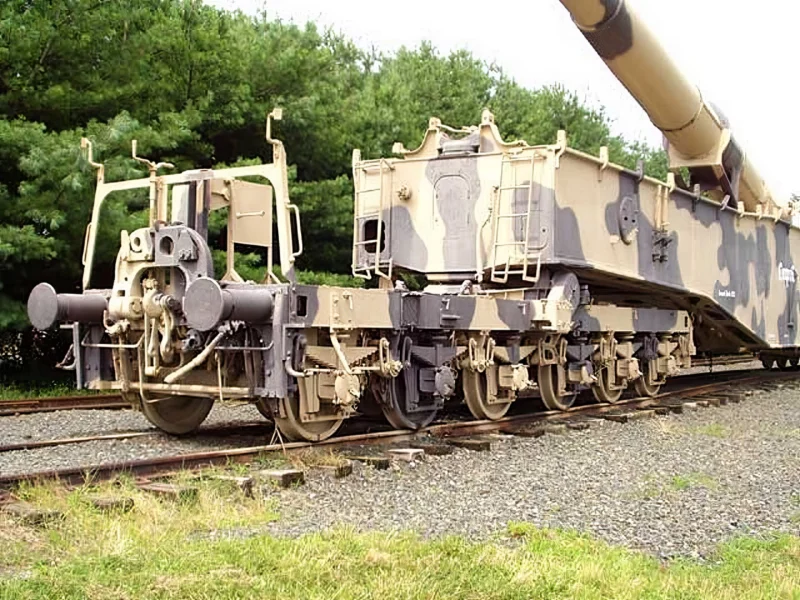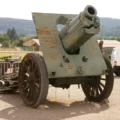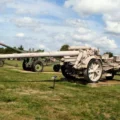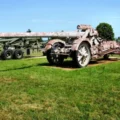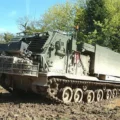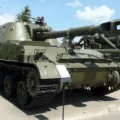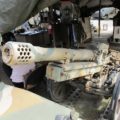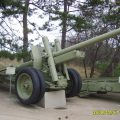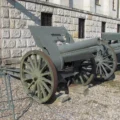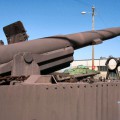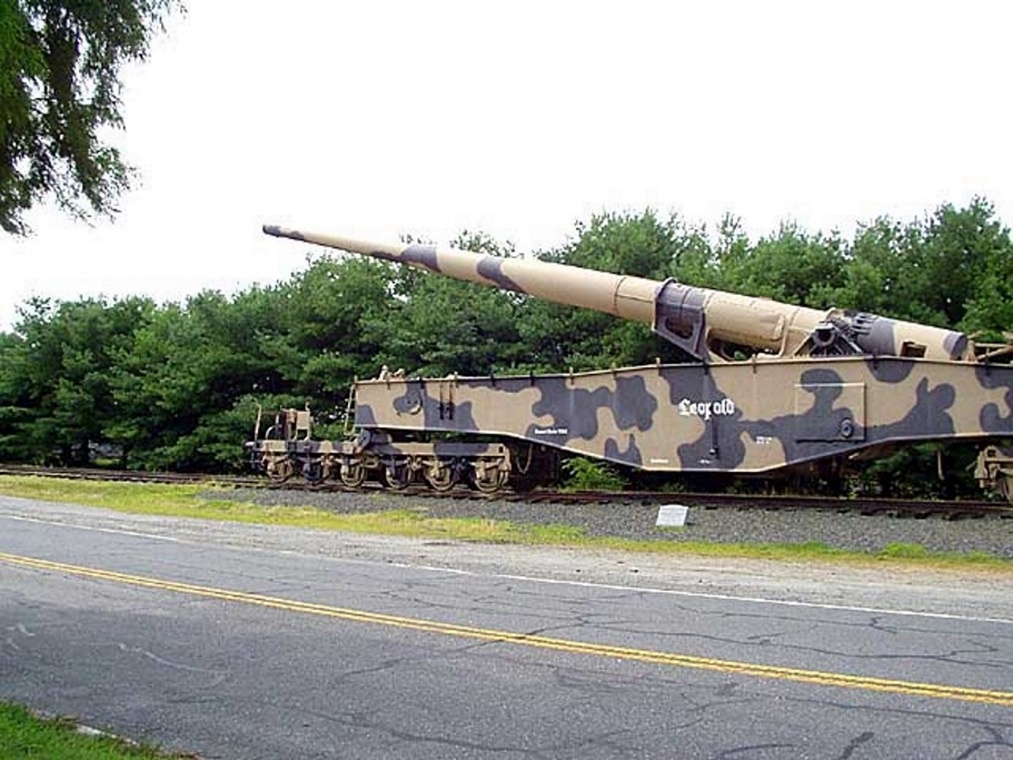
28cm K5 (E) Leopold Rail-Road Gun | |
|---|---|
| País | Alemanha |
| Tipo | Arma Ferroviária-Rodoviária |
| Período | ww2 |
Galeria de fotos de um alemão 28cm K5 (E) Leopold Rail-Road Gun, O Krupp 28 cm-Kanone 5 (E), em suma, K5 com o (E) significando Eisenbahnlafette (montagem de canhão de vagão ferroviário), foi uma arma ferroviária pesada usada pela Alemanha durante a Segunda Guerra Mundial.
Fonte: Wikipédia
| 28cm K5(E) Leopold Rail-Road Gun | |
|---|---|
| Fotógrafo | Desconhecido |
| Localização | Desconhecido |
| Fotos | 114 |
| 28cm K5(E) Railway Gun Leopold | |
|---|---|
| Fotógrafo | Michael Boyd |
| Localização | Desconhecido |
| Fotos | 24 |
Veja também:
O canhão ferroviário K5 (E) Leopold de 28 cm foi uma peça de artilharia pesada usada pela Alemanha nazista durante a Segunda Guerra Mundial. Foi projetado para disparar projéteis a longa distância, até 64 km, e podia ser transportado por ferrovia. A arma tinha um calibre de 283 mm e um comprimento de cano de 21,5 m. Pesava 218 toneladas e exigia uma tripulação de 70 homens para operar. A arma foi montada em uma carruagem especialmente projetada que podia girar 360 graus e elevar até 50 graus. A arma disparou projéteis altamente explosivos ou perfurantes que pesavam 255 kg cada. A arma tinha uma velocidade inicial de 1120 m/s e uma cadência de tiro de um tiro a cada seis minutos.
O canhão ferroviário K5 (E) Leopold de 28 cm era uma das armas mais poderosas de seu tempo, mas também tinha várias desvantagens. Era muito caro produzir e manter, e exigia muito apoio logístico para transporte e abastecimento. Também era vulnerável a ataques aéreos e sabotagem, e tinha precisão e eficácia limitadas contra alvos em movimento. A arma foi usada principalmente para guerra de cerco e defesa costeira, e entrou em ação na França, Itália, Iugoslávia e Tunísia. Apenas duas armas desse tipo foram construídas, chamadas Leopold e Robert. Eles foram capturados pelos Aliados em 1944 e 1945, respectivamente, e um deles está agora em exibição no Museu de Artilharia do Exército dos EUA em Maryland.

Visualizações : 5443
